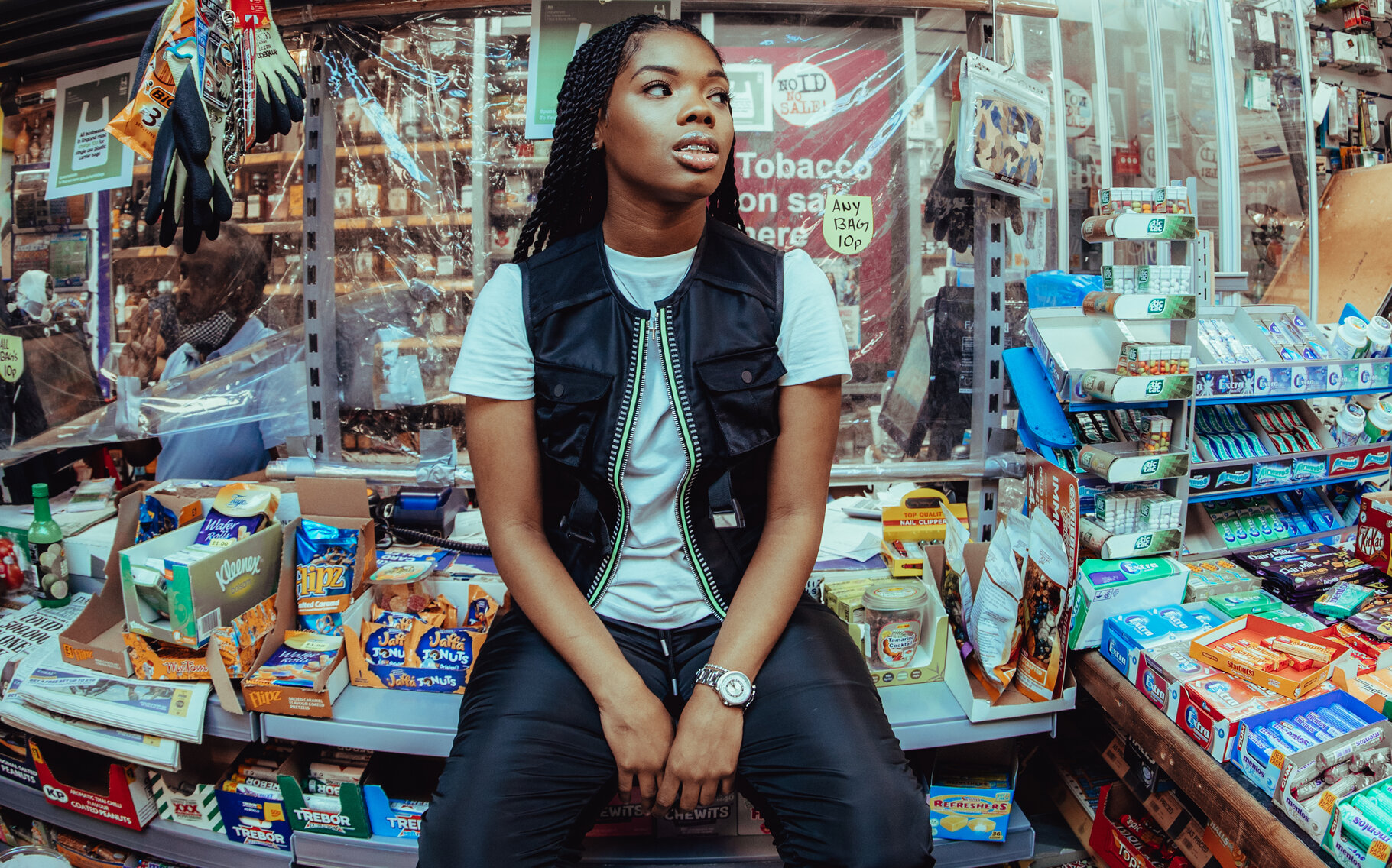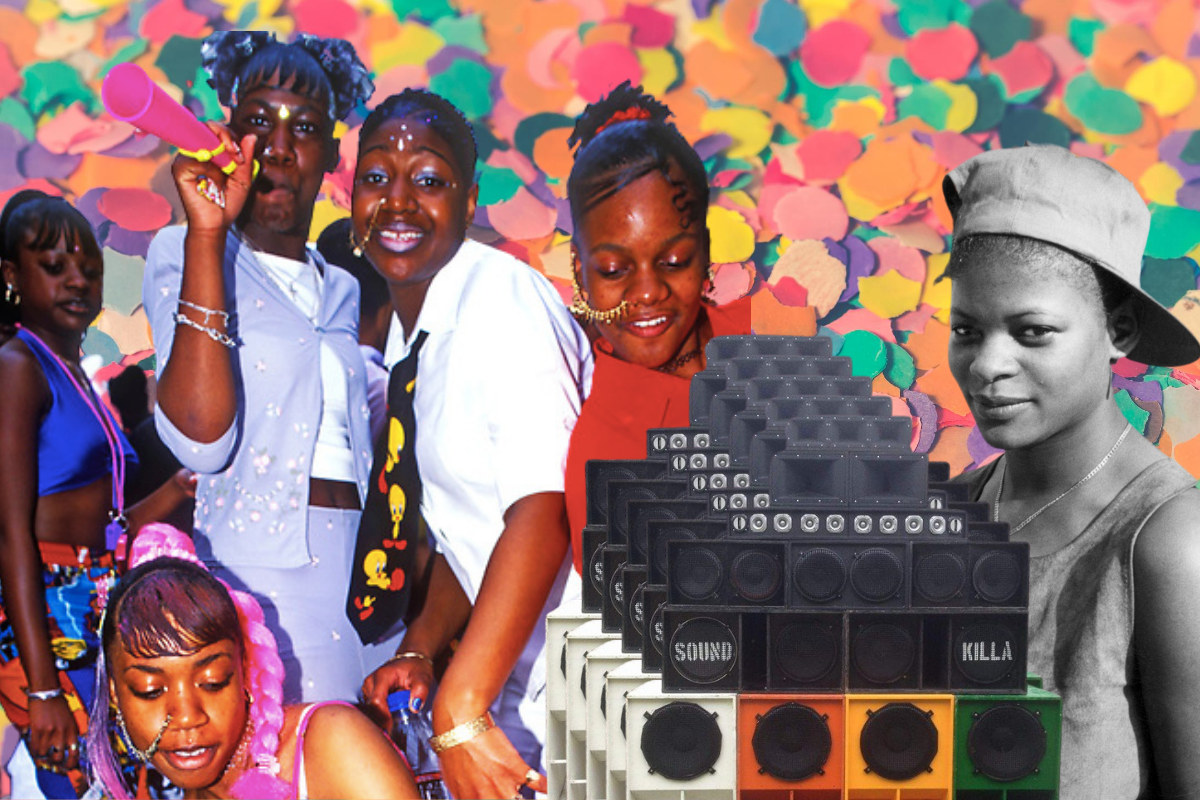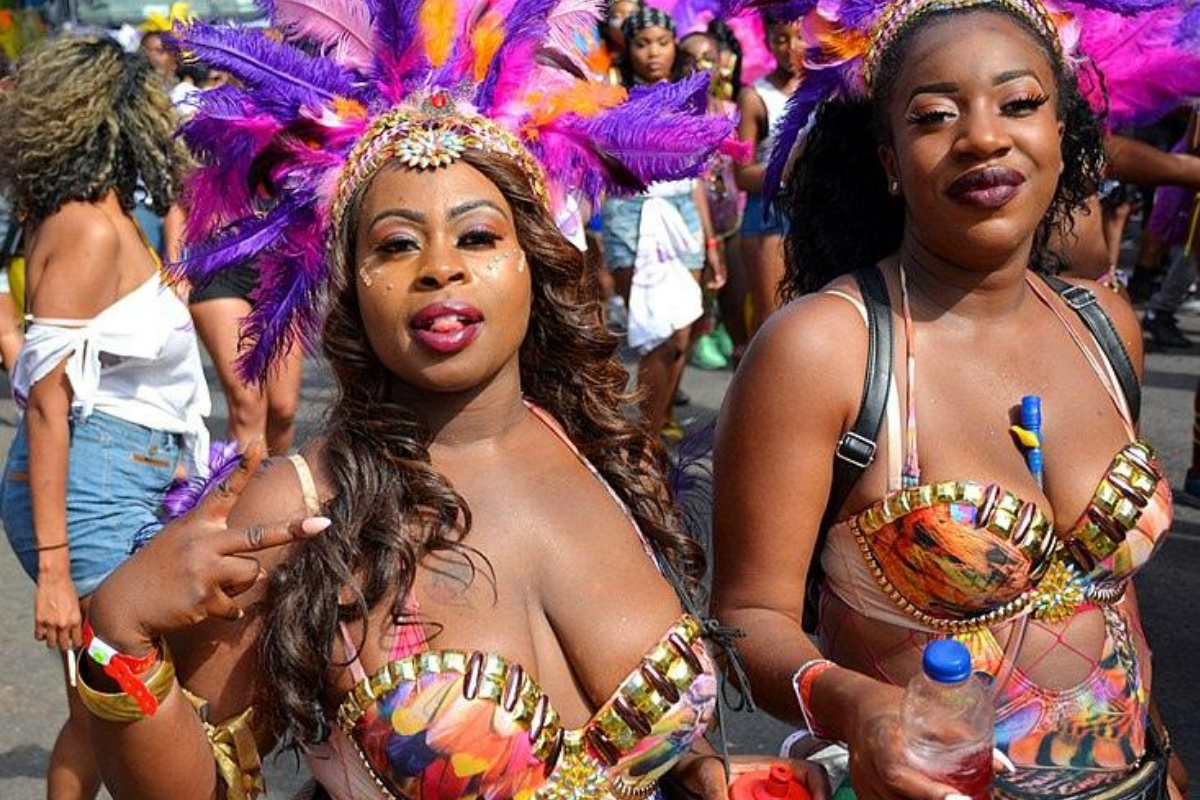
Errol Lloyd
See three Caribbean painters bring the folklore of Carnival to Cambridge
In collaboration with Paul Dash, Errol Lloyd and John Lyons, a new exhibition from Kettle’s Yard explores the many stories of Carnival.
Riann Phillip
01 Dec 2022
Overflowing with colourful scenes, historic details and vibrant storytelling, Paint Like The Swallow Sings Calypso: Impressions of Carnival is a brand new exhibition by Paul Dash, Errol Lloyd and John Lyons in collaboration with The Fitzwilliam Museum and Kettle’s Yard in Cambridge. The whines, jerk smoke and revelry from this year’s carnivals may feel like a distant fever dream, but the works on show reflect various rich historical aspects of Carnival, from costumes, spirituality, slavery and folklore.
The three Caribbean artists are showing their own paintings alongside a selection of artwork from Kettle’s Yard and Fitzwilliam Museum’s collections; featuring world-renowned artists such as Graham Sutherland, Helen Frankenthaler, Avinash Chandra and David Bomberg to name a few. Seamlessly intertwined with Dash, Lyons and Lloyd’s own works around Carnival, you are taken on a journey exploring many stories and often forgotten perspectives. The three principal artists all emigrated from Caribbean islands to the UK and were key members of the Caribbean Artists Movement (CAM). They’ve all had illustrious, award-winning careers that have led to the uplifting of Caribbean art in the UK.
John Lyons (born 1933) moved to the UK from Trinidad to study. His striking painting, Eloi! Eloi! (1979), depicts Christ on the cross, connecting the dots between the religious aspects of Trinidad’s Carnival. The painting, which transports you to a world of multi-tonal pinks, greens and blues, draws reference to the fact the carnival takes place in the pre-Lenten period (Carnival weekend is always the days prior to Ash Wednesday) and that many carnival-goers will treat the weekend as a release of energy, perhaps a ‘final hoorah’ before Lent.

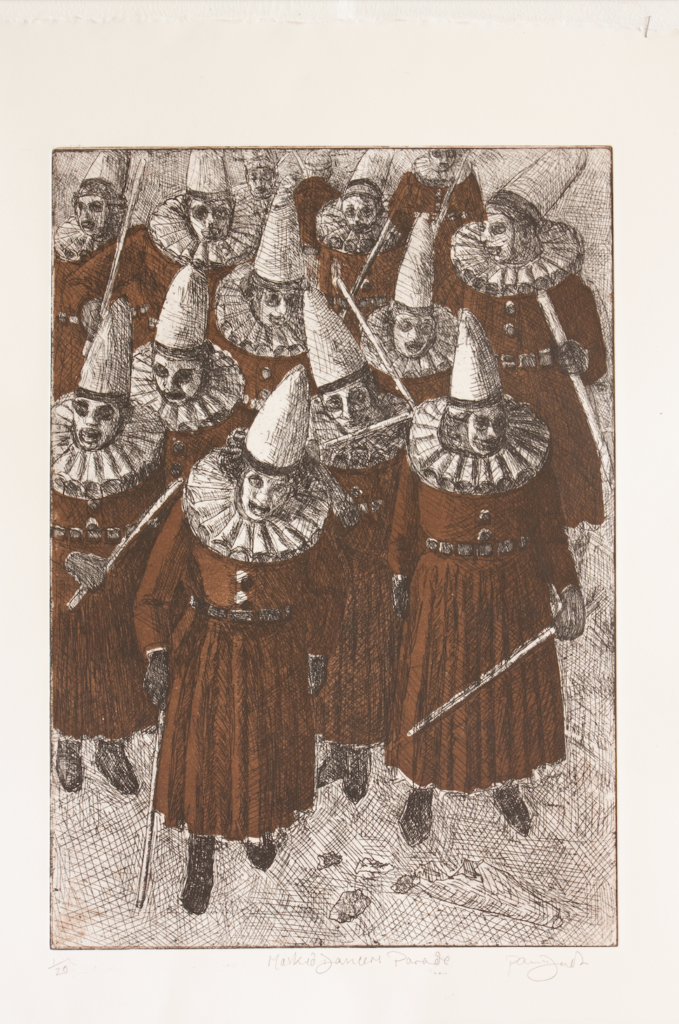
Paul Dash (born 1946) emigrated to Oxford in 1957 from Barbados with his family; he was 11 at the time. Dash’s Masked Stick-lick Fighters Parade (2019) denotes the traditional Bajan martial arts – a form of stick fighting – that was popular across the other islands too. The etching also shows the fighters wearing pointed white hats which may allude to the Ku Klux Klan, and the fervent racial tensions present in Barbados as a result of the British colonial legacy, which connotes the Ku Klux Klan and the colonial slavery.
Then there’s Errol Lloyd (born 1943) who has lived in London since the 1960s after moving from Jamaica. Lloyd’s Notting Hill Carnival (1988) struck me for its sheer size, vibrant colours and masterful detail, but also the familiarity of the faces. I found myself relating heavily to this piece as a carnival-goer and as a person with Trinidadian heritage. Lloyd’s observational work shows the care and love he felt as a participant of carnival, but also as a spectator. The collage depicts various scenes from carnival – mas bands, steel pans, traditional costumes, dense crowds, Caribbean flags. The oil painting offers a sense of home and comfort.
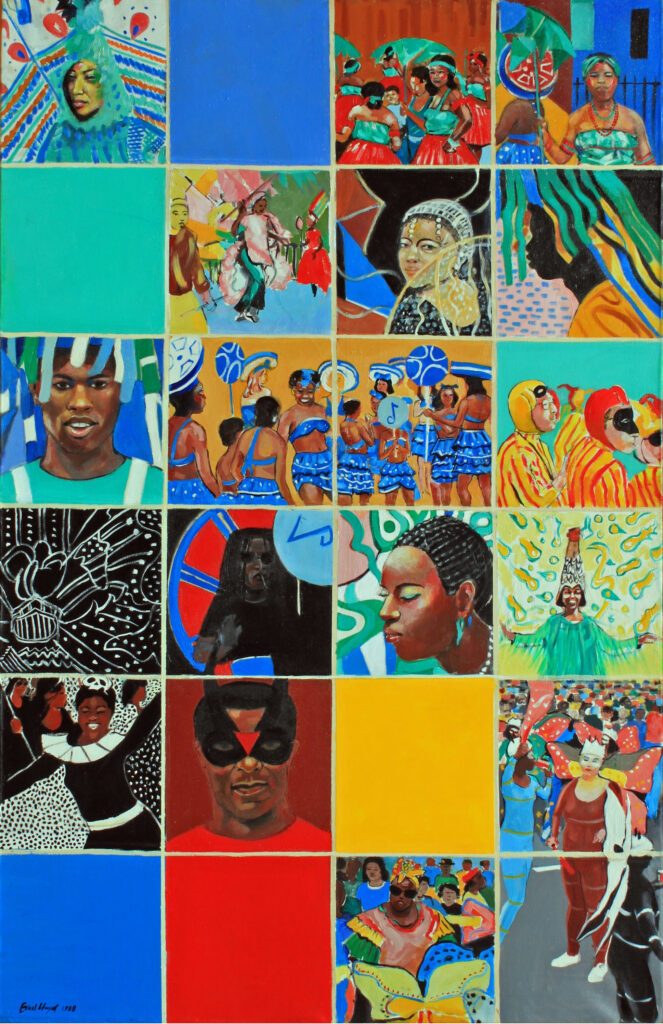
The exhibition’s name Paint Like The Swallow Sings Calypso draws reference to famed Antiguan calypsonian Sir Rupert Philo (1942-2020) whose stage name was The Mighty Swallow. Swallow was widely known in the calypso realms of the 20th century for being outspoken on various political issues in his music. Similar to many other calypsonians of the time, much of his music was politically charged and often references social issues such as poverty or the struggles of Indigenous populations in the West Indies. Tackling these topics was commonplace in calypso music of the 1970s and 1980s, leading the popular artists to be considered mouthpieces of their countries, talking directly to governments.
The exhibition encapsulates a truthful representation of Carnival and its position in the world. From its origins in Catholicism, to its iterations across the world with the Caribbean diaspora, like London’s Notting Hill Carnival, you will explore the many global faces of Caribbean Carnivals, both past and present.
The free exhibition is open at Kettle’s Yard in Cambridge until 19 February 2023.






